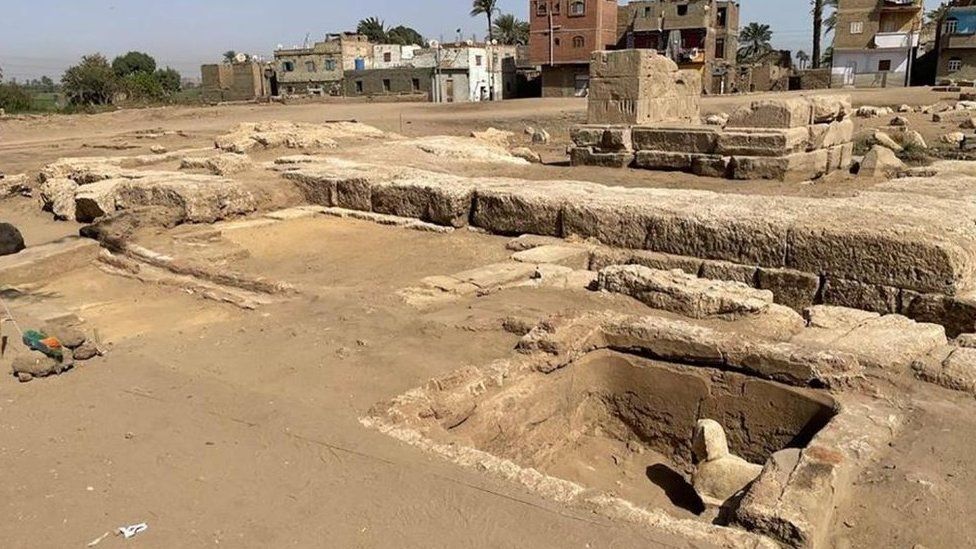A smiling sphinx-like statue with two dimples and a smile was unearthed at the Temple of Hathor, along with other ruins of the temple.
The smiling sphinx and other finds in Egypt have caused a worldwide stir. The discovery was found near the Temple of Hathor in Dendera, one of Egypt’s best-preserved ancient sites in Qena Province.
Much smaller than the famous Sphinx at the Pyramids of Giza, the limestone sphinx is believed to have belonged to the Roman Emperor Claudius, who ruled from 41 to 54 BC.
Claudius (10-54 BC) was by all accounts a crippled man who was unlikely to become emperor. According to the historian Suetonius, “Claudius had weak knees and a trembling head. He drooled from his mouth and his nose ran when he was excited.” His family had exempted him from public office. However, after the assassination of his nephew Caligula, he was declared emperor as the only adult male of the family still alive. Despite his inexperience in politics, he proved to be a skillful administrator and undertook great activities. During his reign the empire expanded and Great Britain was conquered. He extended his sovereignty as far as North Africa.
The sphinx-like statue was found during the unearthing of an adobe boat dating back to the Byzantine period. So this limestone tomb contains a two-tiered platform and a Byzantine mud-brick basin. Next to the smiling sphinx was a Roman stone slab with demotic and hieroglyphic inscriptions.



According to the Egyptian Antiquities ministry, archaeologists will study the inscriptions on the stone slab to find more details about the identity of the statue.
The excavation was carried out by a team of archaeologists from Ain Shams University in Cairo, headed by former Antiquities Minister Mamdouh Eldamaty.
Egypt’s Ministry of Tourism and Antiquities described the statue as beautiful and striking, with its noble features accurately depicted, showing a slight smile on its lips with two dimples at the ends.
Likewise, the existence of a 9 m (30 feet) long and 2.1 m (7 feet) wide secret inner corridor above the main entrance to the 4,500-year-old Great Pyramid of Giza in Egypt was recently confirmed. Authorities say it may have been built to distribute the weight of the pyramid around the entrance or another room that has yet to be discovered.
In short, everything unearthed from beneath Egypt’s rich soil continues to illuminate history and excite us. The region contains power struggles, incredible feats of engineering, advances in art and more.
